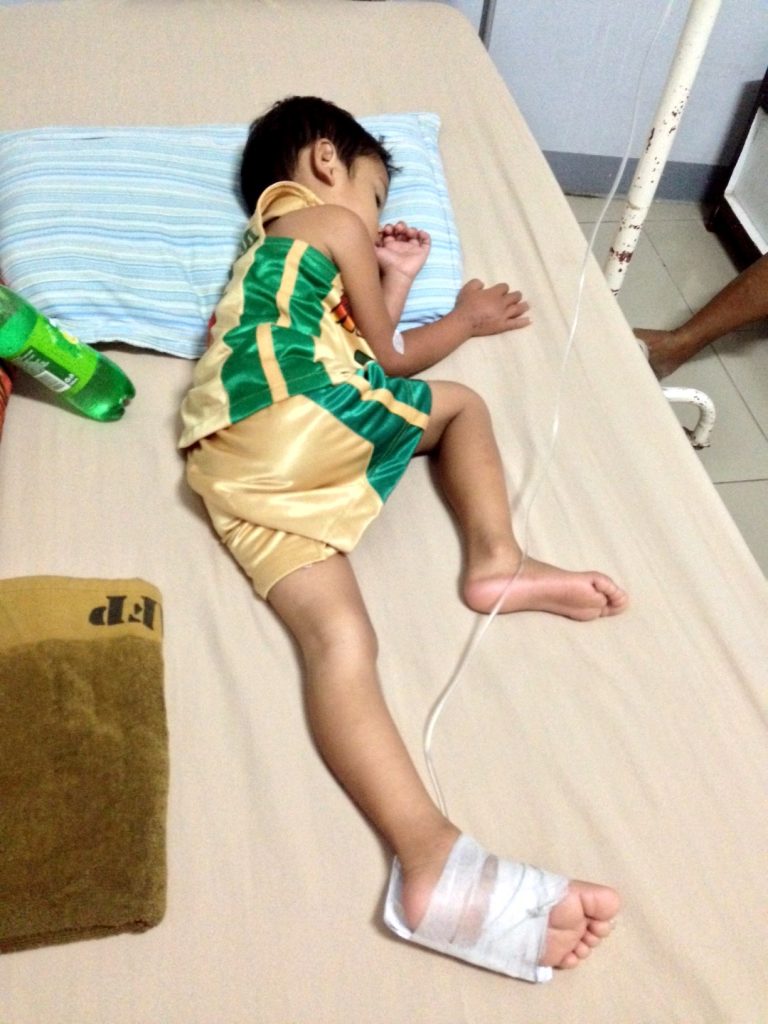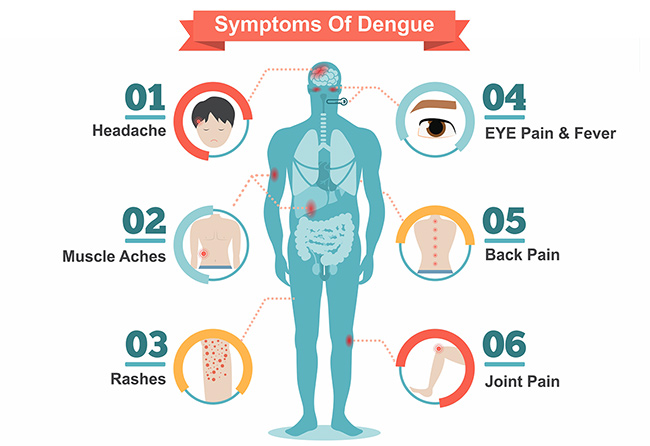
(First of Two Parts)
They are among the most feared creatures these days. A single bite from one of them is enough to kill someone. As a group, they can do mass execution all at once. They are the mosquitoes!
Mosquitoes have been around since time immemorial. While the dinosaurs had become extinct, these blood-sucking creatures remain. “Few animals on Earth evoke the antipathy that mosquitoes do,” wrote the National Geographic. “Their itchy, irritating bites and nearly ubiquitous presence can ruin a backyard barbecue or a hike in the woods.
“They have an uncanny ability to sense our murderous intentions, taking flight and disappearing milliseconds before a fatal swat. And in our bedrooms, the persistent, whiny hum of their buzzing wings can wake the soundest of sleepers.”
Every year, mosquitoes kill 725,000 people, according to the Geneva-based World Health Organization (WHO). Beating their wings 300 to 500 times a second produces that distinctive whine that novelist D.H. Lawrence penned as a “small, high, hateful bugle” in his ear.
Currently, they are public enemy number one in the Philippines. The reason: they carry the virus the causes dengue, touted to be the world’s most important viral disease transmitted by mosquitoes.
The Epidemiology Bureau of the Department of Health (DOH) has recorded more than 130,000 dengue cases from January 1 up to July 13 this year. Some 561 people died as a result. The figure has nearly doubled from last year’s record: 67,690 cases with 367 deaths.
The figure of dengue cases and deaths is staggering. So much so that the health department issued a national dengue alert. The Malacañang has even considering the use of the controversial Dengvaxia vaccines to suppress the “continuously rising cases of dengue in the country.”
“We’re always open to anything that will benefit the Filipino people,” Presidential spokesperson Salvador Panelo was quoted as saying by reporters in Malacañang. “We’re not closed to any suggestion.”
The dengue spell usually starts during the rainy season. “Dengue usually break out during the rainy season, particularly after a flood or strong rain,” the DOH said. “This is because pools and puddles of water formed after the rain are ideal breeding places for the mosquitoes that carry the disease.”
Based on the country’s experience with the disease, the peak dengue months are from June to October. These are rainiest months when rainwater accumulates, becoming breeding sites for dengue mosquitoes.
There are over 2,500 different species of mosquitoes throughout the world but only two species can transmit the disease: mainly by Aedes aegypti and, to a lesser extent, A. albopictus. The main carrier also transmits chikungunya, yellow fever, and Zika infection.
Let’s take a closer look on how the main carrier of the virus works. According to the United Nations health agency, the mosquito is well adapted to human settlements, living in and around homes. Only the females are responsible for disease transmission as they need blood to reproduce.
The WHO says the female mosquito bites during the daytime, primarily in the morning and mid-afternoon. It sucks blood every three or four days or sometimes more frequently. “Shortly after a blood meal, females lay their eggs in the inside walls of any container with clean standing water,” the WHO points out.
Each Aedes female can lay up to four batches of eggs – at least 40 eggs per batch – during its life cycles. It takes 7 to 10 days for an egg to develop into an adult. The eggs reportedly can survive for up to a year – even with their breeding grounds go dry under natural conditions. This means that the eggs can still go on when the breeding sites become filled with water again.
According to the health department, the breeding sites are those that can accumulate water. These include tree holes, bamboo stumps, earther jars for water storage, discarded bottles and tins, old rubber tires, rain barrels for collecting rainwater, clogged roof gutters, coconut shells and husks, and bancas and small fishing boats.
Inside the house or office buildings, the potential sites for the mosquito larvae are uncovered water storage tanks, flower vases, saucers for ornamental plants, soft drink bottles, and metal and plastic pails for water storage.

Also known as “break-bone” fever, dengue is the Swahili term for “a sudden overtaking by a spirit.” Like death and taxes, dengue exempts no one: fat or thin, ugly or beautiful, rich or poor, educated and illiterate. Children, who are exposed in open areas while playing, are more prone although adults are not spared.
Dengue fever usually starts suddenly with a high fever, rash, severe headache, pain behind the eyes, and muscle and joint pain, the WHO says. The severity of the joint pain has given dengue its other name.
Nausea, vomiting, and loss of appetite are common, the WHO says. A rash usually appears 3-4 days after the start of the fever. The illness can last up to 10 days, but complete recovery can take as long as a month. Older children and adults are usually sicker than young children.
Most dengue infections result in relatively mild illness, but some can progress to the deadlier dengue hemorrhagic fever (DHF). With DHF, the WHO states, the blood vessels start to leak and cause bleeding from the nose, mouth, and gums. Bruising can be a sign of bleeding inside the body.
Without prompt treatment, the blood vessels can collapse, causing shock. This is what experts call as dengue shock syndrome. DHF is said to be fatal in about 5% of cases, mostly among children and young adults.
“Children are much more likely to get DHF than adults,” Dr. Allan Schapira, then an official of the WHO Regional Office in Manila, told EDGE Davao. “This is the reason why children are much more at risk of dying. In adults, dengue fever usually does not develop to the severe form.”

But then adults are not spared from DHF. It happened to Dr. Renato Dantes, a respected pulmonologist. He was involved in advocacies that required regular visits to some impoverished communities in Metro Manila, where he most likely acquired the infection.
“Dr. Dantes was in his early 50s when he died. “What seemed like a harmless sting of a miniscule mosquito turned out to be a vicious foray that broke down his body’s vital defenses, put him in intractable shock and killed him within a few days,” wrote Dr. Rafael R. Castillo, Jr. in his tribute to the late doctor. “No amount of modern life-saving drugs and interventions could save him.”
Although only the Aedes mosquitoes can transmit the disease, not all are carriers of the dengue virus. Only those that have bitten people infected with dengue are the carriers. Once infected, the WHO says, a mosquito remains infective for life, transmitting the virus to susceptible individuals during probing and blood feeding.
Unlike a rabid individual, an infected person with dengue virus cannot transmit the virus directly into another person. The infected person, however, carries the virus as it is deposited in his bloodstream. He can be a source of dengue virus for about 6 days.
The health department says that a person who gets infected with dengue today and survived may not be assured of immunity later. This is because there are four dengue strains – Types 1, 2, 3 and 4 – that are circulating in the country. Infection with one strain gives a person only three month’s immunity from the other strains. – (To be concluded)






